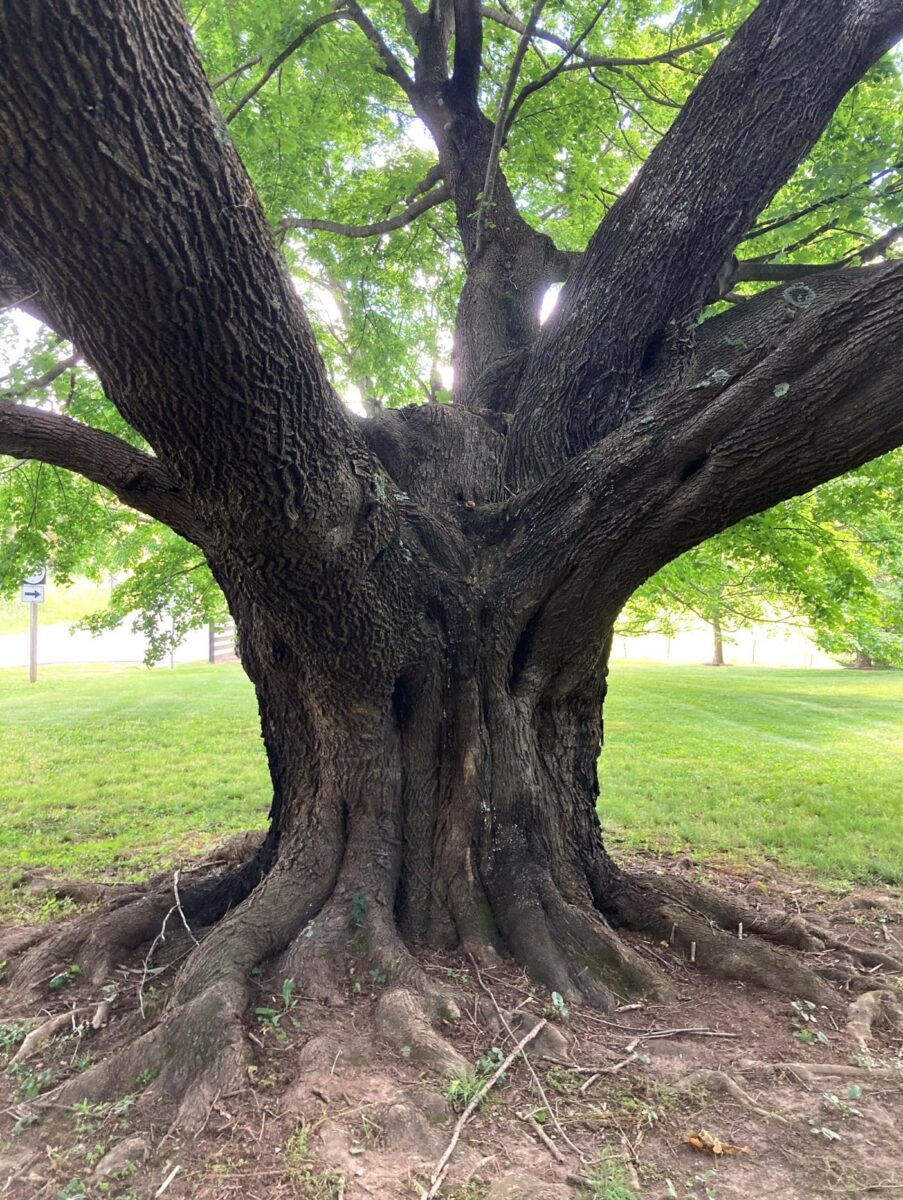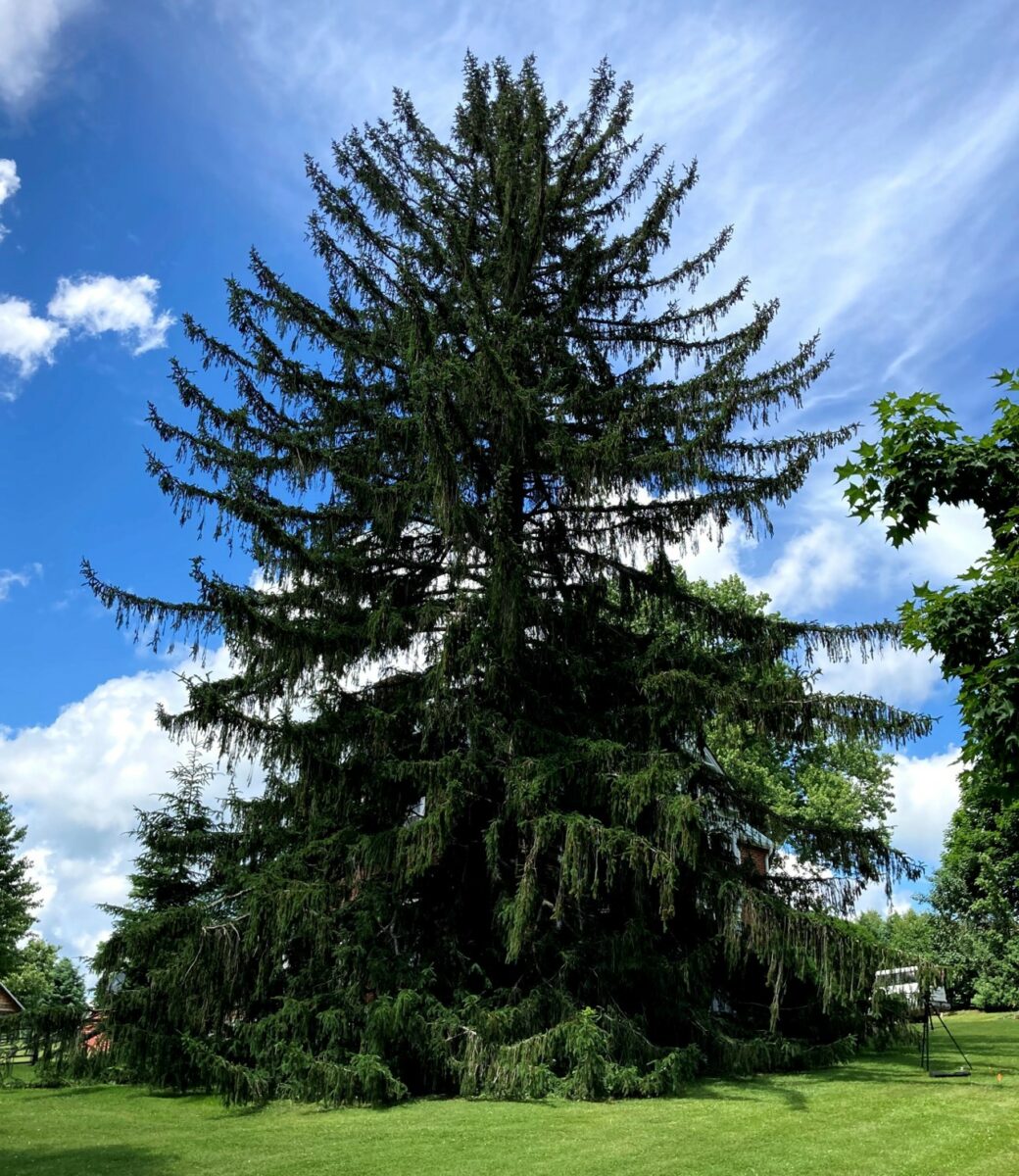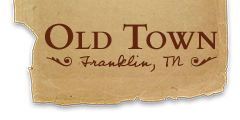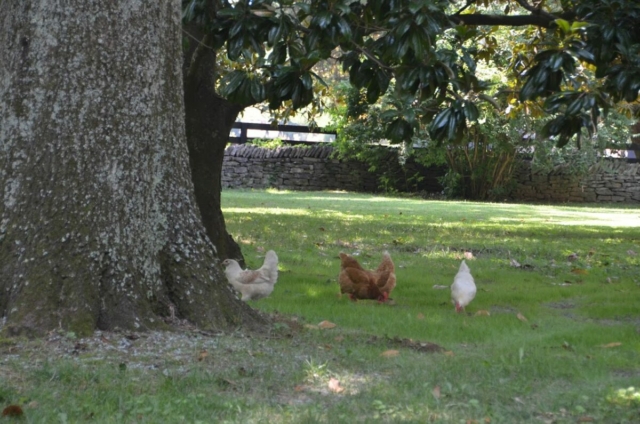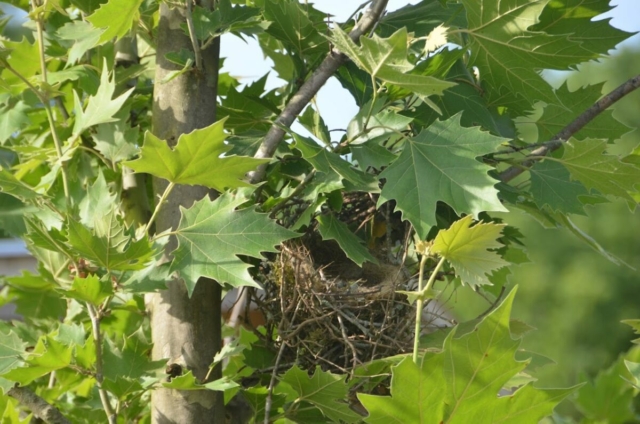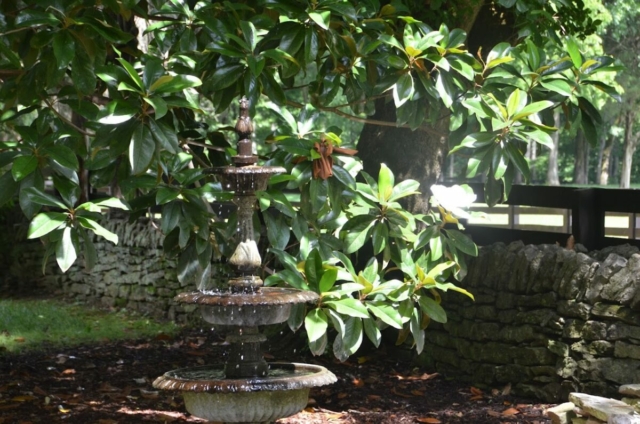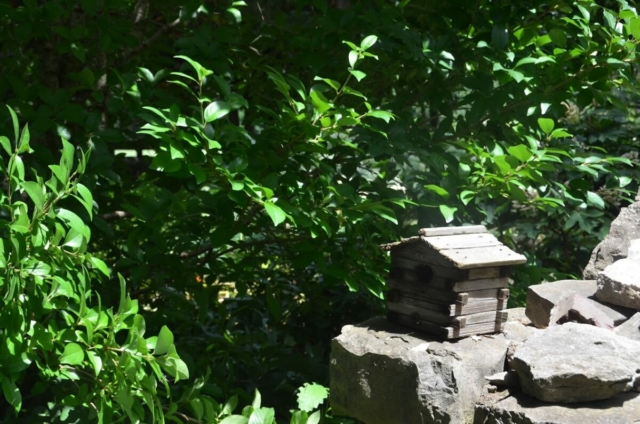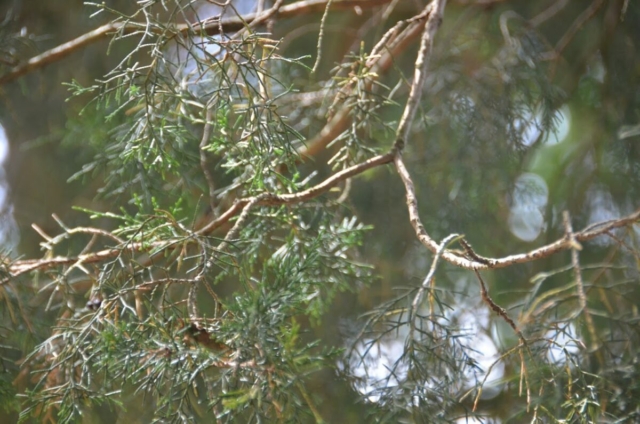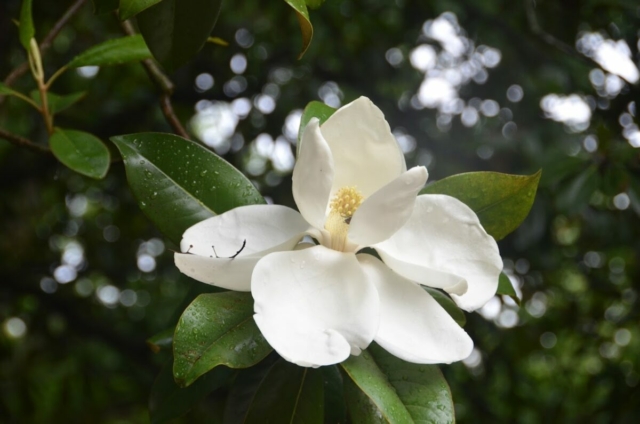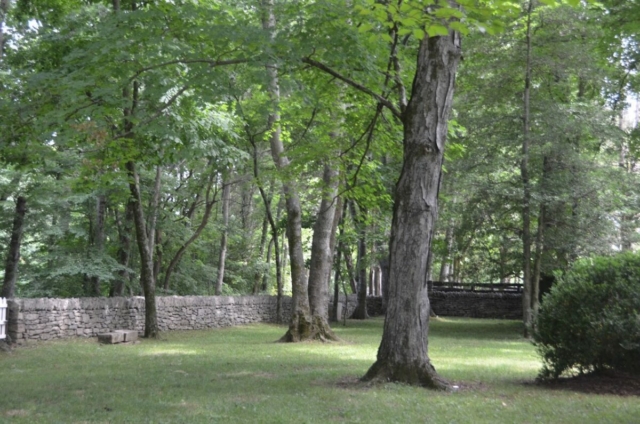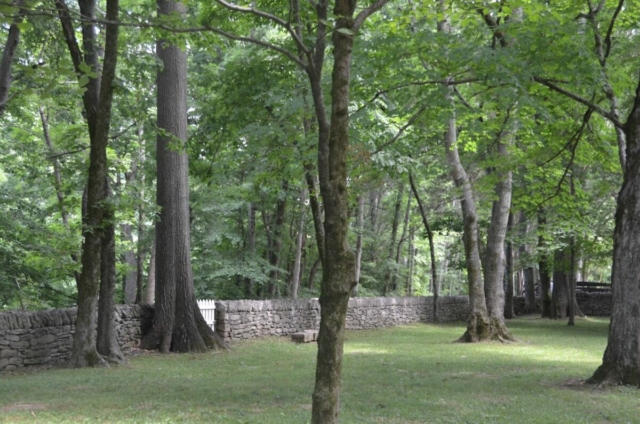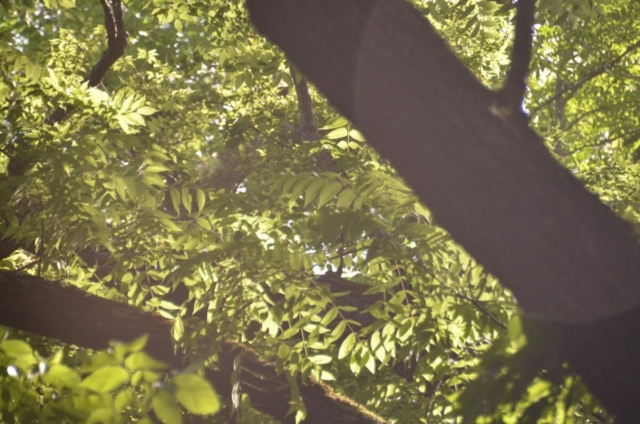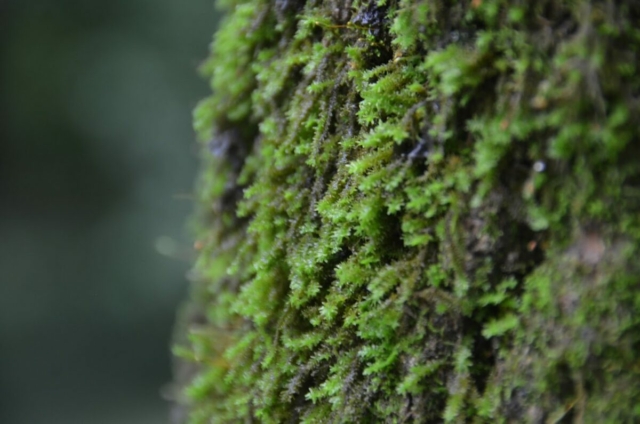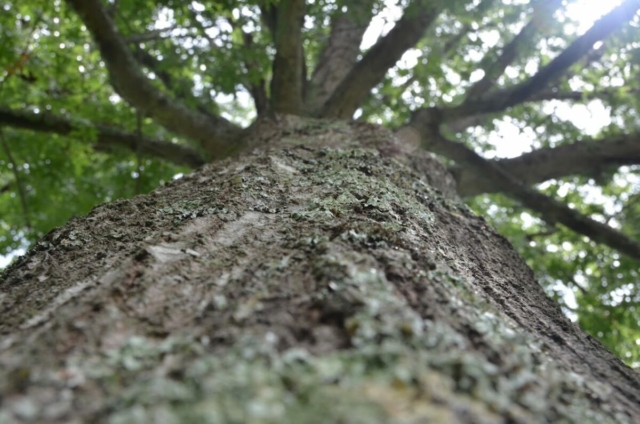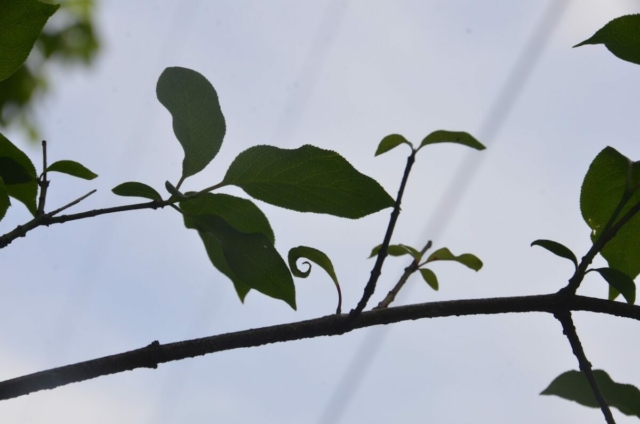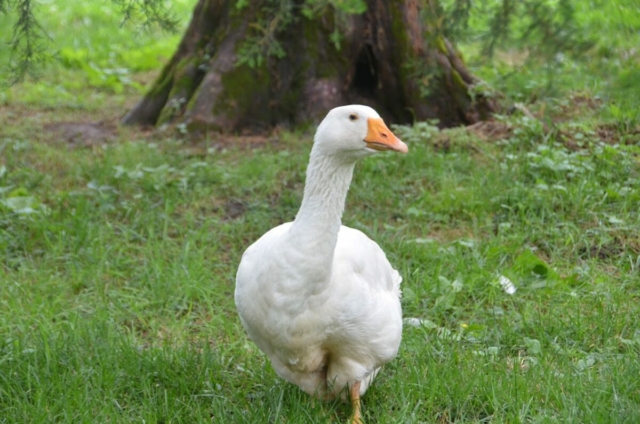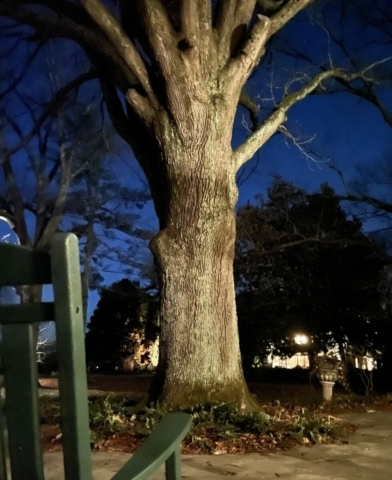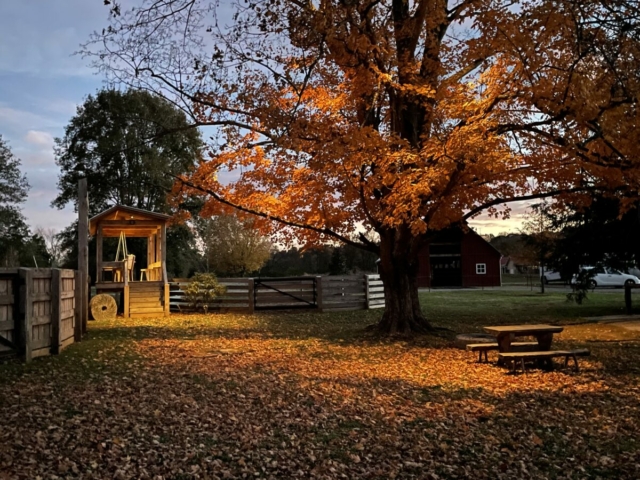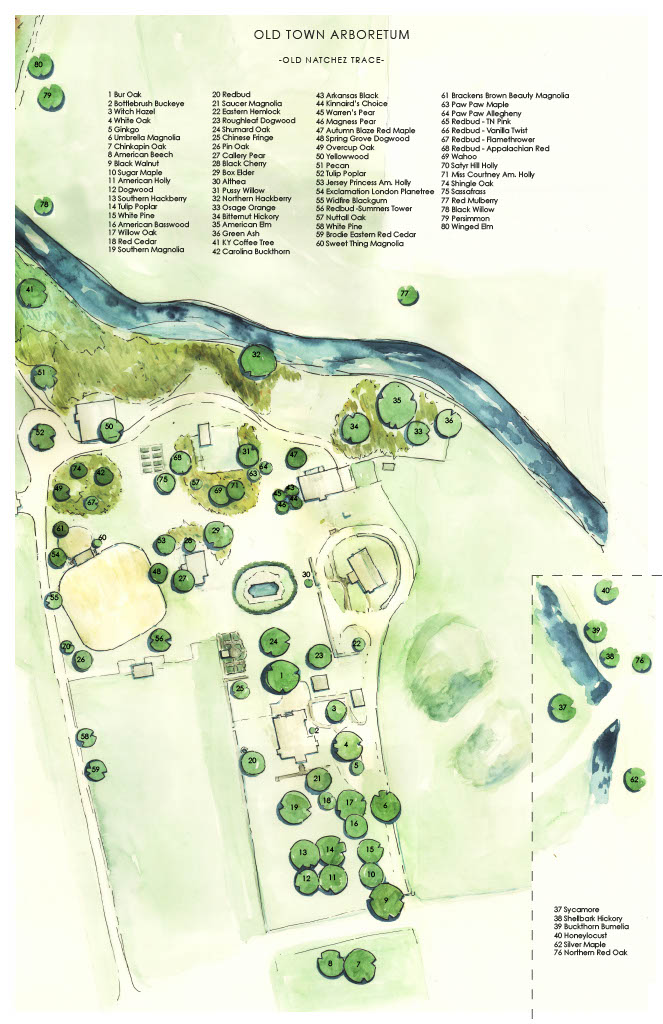Old Town is a 43-acre historical and archaeological site in Franklin, Tennessee, that is comprised of three entries on the National Registry of Historic places: the ancient Mississippian Culture temple mounds, the 1801 Old Town Bridge, and the 1846 Thomas Brown House. The Old Town mission is to preserve and conserve the landscape, the sacred land and grounds that have been the home and town to ancient civilizations dating back a thousand years. The Arboretum is a vital component of the public educational purpose of the Old Town Historical Project, a joint research and educational initiative with Middle Tennessee State University. The Arboretum presents 75 species of native and ornamental trees. Scroll down for a full list of our trees.
Arboretum Tree List
Order corresponds to map above. Click on tree name below to learn more.
- Hoptree – to be planted
- Northern Red Oak (Quercus rubra)
The Chickasaw plum was among the first fruits to have been domesticated in north America. “For their taste and cullour we call them cherries” wrote Jamestown colonist William Strachey about Chickasaw plums in 1608. His travelling companion Captain John Smith likened them to European hedge plums. Georgia gardener William White, who was among the first European settlers to realize their horticultural value, compared them to the Yellow Gage plum of Europe noting that they are “either bright red or yellow [and] nearly free of astringency.” And by 1890, the Forked Deer nurseries of Tennessee marketed a Chickasaw plum that was “soft, juicy, of fine quality” under the alias of “Miner.” Despite compelling evidence that this native plum species was prehistorically selected and cultivated by indigenous farmers of the south, most plant conservationists have treated Chickasaw plums as a widespread WILD rather than domesticated species.
Plant a Tree by Lucy Larcom He who plants a tree Plants a hope. Rootlets up through fibres blindly grope; Leaves unfold into horizons free. So man's life must climb From the clods of time Unto heavens sublime. Canst thou prophesy, thou little tree, What the glory of thy boughs shall be? He who plants a tree Plants a joy; Plants a comfort that will never cloy; Every day a fresh reality, Beautiful and strong, To whose shelter throng Creatures blithe wih song. If thou couldst but know, thou happy tree, Of the bliss that shall inhabit thee! He who plants a tree,-- He plants peace. Under its green curtains jargons cease. Leaf and zephyr murmur soothingly; Shadows soft with sleep Down tired eyelids creep, Balm of slumber deep. Never has thou dreamed, thou blessèd tree, Of the benediction thou shalt be. He who plants a tree,-- He plants youth; Vigor won for centuries in sooth; Life of time, that hints eternity! Boughs their strength uprear: New shoots, every year, On old growths appear; Thou shalt teach the ages, sturdy tree, Youth of soul is immortality. He who plants a tree,-- He plants love, Tents of coolness spreading out above Wayfarers he may not live to see. Gifts that grow are best; Hands that bless are blest; Plant! life does the rest! Heaven and earth help him who plants a tree, And his work its own reward shall be.
Tracy and Bill Frist honor their trees at their home Bellevue in New Castle, Virginia, as well. Remarkably they have two Virginia “State Champions” of the National Big Trees Program within 35 yards of each other, a Norway Maple and a Norway Spruce.
